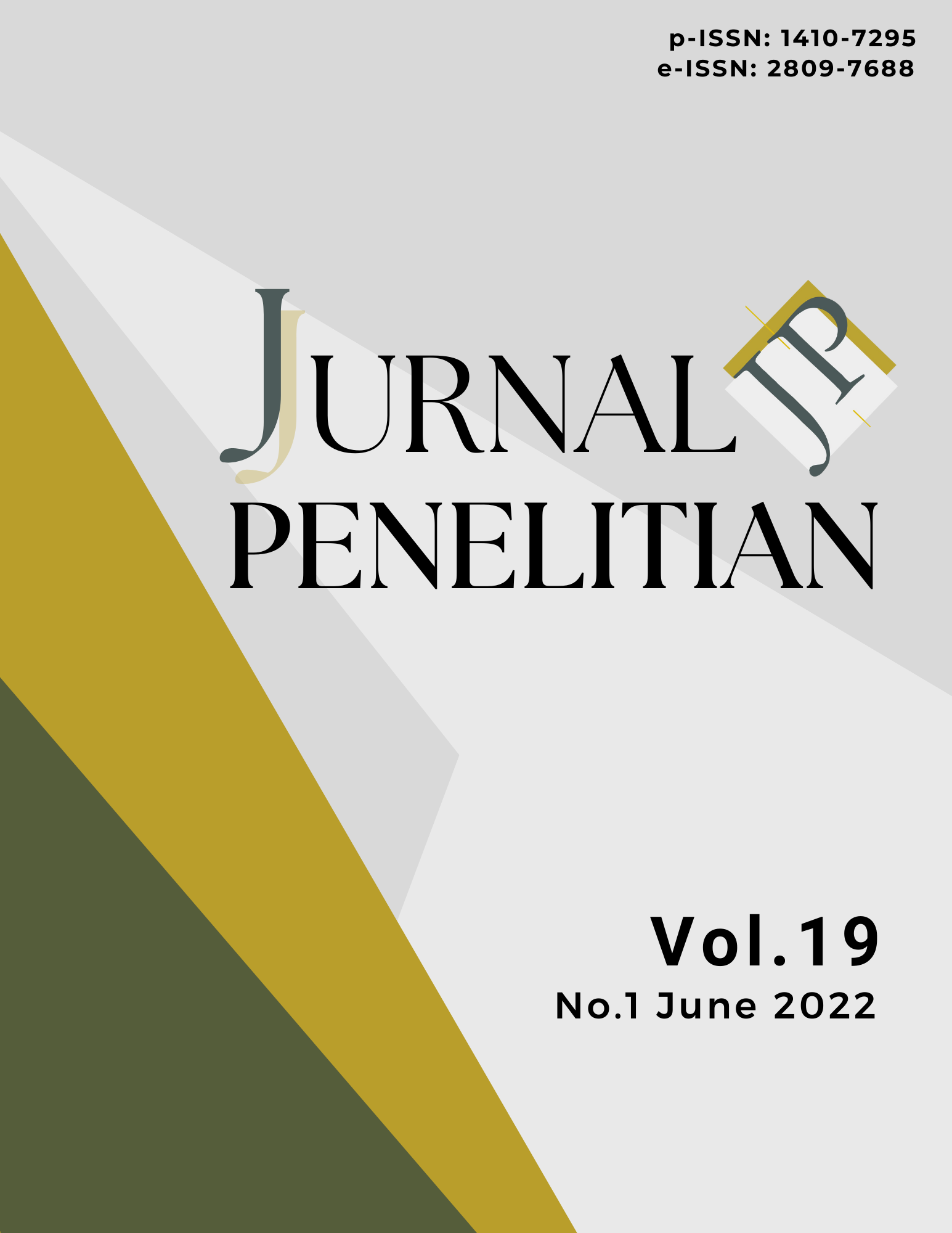Application of hydrant piping system design in boiler plants for fire safety systems in paper producing companies
DOI:
https://doi.org/10.26905/jp.v19i1.7942Keywords:
Fire safety system, Plant boiler unit, Pillar hydrantAbstract
As one of the important components, hydrants must be present in the boiler plant, whose function is to extinguish the fire in the event of a fire incident in the area. The working principle of the hydrant system is that when an event of fire occurs, the suction pump will take water from the ground reservoir, later on the water will flow into the pipe leading to the pillar hydrant, and the fire hose will be disconnected from the pillar hydrant to extinguish the burning area. The issue needs to be solved in this research is to design a hydrant piping system in the boiler area of PT Mekabox Internasional that meets the standards used by the industries. The purpose of designing this hydrant piping system is to find out how much flow is in the hydrant if the boiler plant area has an area of 2016 m2, how thick the pipe should be, and how many pillar hydrants are necessary. The scope of the research discussion includes hydrant piping systems, hydrant piping calculations, and standards used in hydrant piping systems. The results of the calculation and data processing of this hydrant system design are; the number of pillar hydrants needed in an area of 2016 m2 is 2 pillar hydrants, the required water discharge is 432 m3 with the assumption that the blackout time is 2 hours, and the pipe diameter required is 6 inches and must have a pipe thickness of 6 mm. The results of the hydrant piping system design on the boiler plant can be applied directly to the company.
Downloads
References
Akiyoshi, K., Suzuki, Y., Ito, H., & Inagaki, H. (2017). Self-excited pressure vibration in the low-pressure pipeline using an automatic pressure-reducing valve (I). Journal of Rainwater Catchment Systems, 23(1), 1-11. https://doi.org/10.7132/jrcsa.23_1_1
Eswanto, E., & Syahputra, D. (2017). Analisa distribusi kapasitas aliran fluida di daerah percabangan pada sistem perpipaan. JTT (Jurnal Teknologi Terapan), 3(1). https://doi.org/10.31884/jtt.v3i1.7
Fajrian, V., Ismail, K. G. S. M., & Kurniawan, A. (2018). Analisis perhitungan sistem perpipaan hydrant pillar dan sprinkler pada lantai I gedung simulator Sekolah Tinggi Penerbangan Indonesia. Langit Biru: Jurnal Ilmiah Aviasi, 11(2), 10-16.
Haramain, M. A., Effendi, R., & Irianto, F. (2017). Perancangan sistem pemadam kebakaran
pada perkantoran dan pabrik label makanan PT XYZ dengan luas bangunan 1125 m2. Sistek Jurnal, 11(2), 129-150.
Lingireddy, S., Ormsbee, L. E., Kamojjala, S., & Hall, A. M. (2022). How slow is slow? Managing fire hydrant operation for protecting water infrastructure. AWWA Water Science, 4(3). https://doi.org/10.1002/aws2.1290
Mareta, Y., & Hidayat, B. (2020). Evaluasi penerapan sistem keselamatan kebakaran pada gedung-gedung umum di Kota Payakumbuh. Jurnal Rekayasa Sipil (JRS-Unand), 16(1), 65. https://doi.org/10.25077/jrs.16.1.65-76.2020
Margariyan, E., Julianto, E., & Budiyanto, E. N. (2021). Perancangan jalur perpipaan fire fighting system jenis hydrant dan sprinkler pada storage tank. Proceedings Conference on Piping Engineering and its Application, 6(1), 7-11).
Munson, B. R., Young, D. F., & Okiisihi, T. H. (2002). Mekanika Fluida. Erlangga Jakarta.
Pamungkas, R. H., & Sufiyanto, S. (2014). Analisis karakteristik getaran pada sistem perpipaan akibat perubahan jarak tumpuan klem. Transmisi, 10(1), 41-48.
https://doi.org/10.26905/jtmt.v10i1.4608
Putri, R. D. (2017). Perencanaan dan analisa sistem sprinkler otomatis dan kebutuhan air pemadaman fire fighting Hotel XX. Jurnal Teknik Mesin, 6(1), 6. https://doi.org/10.22441/jtm.v6i1.1199
Rohmah, F., & Sufianto, H. (2018). Sistem keamanan kebakaran pada Gedung Fakultas Teknologi Pertanian Universitas Brawijaya Malang. Jurnal Mahasiswa Jurusan Arsitektur, 6(4), 1-11. http://arsitektur.studentjournal.ub.ac.id/index.php/jma/article/view/688
https://www.indotrading.com/mumtazkharismautama/pompa-jockey-p617955.aspx. Retrieved from: 18 Juni 2022.
https://www.insinyoer.com/prinsip-kerja-pompa-centrifugal/2/. Retrieved from: 18 Juni 2022.
https://vincifire.com/sering-diabaikan-inilah-fungsi-hydrant-box-yang-perlu-anda-ketahui/. Retrieved from: 18 Juni 2022.
https://vincifire.com/product/vinci-hydrant-pillar-two-way/. Retrieved from: 18 Juni 2022.
https://www.processindustryforum.com/article/singers-versatile-water-control-valves-controlling-pressure-level-flow. Retrieved from: 18 Juni 2022.
https://www.enggcyclopedia.com/2011/08/gate-valves/. Retrieved from: 18 Juni 2022.
https://www.bromindo.com/mengenal-sistem-instalasi-jaringan-hydrant/. Retrieved from: 18 Juni 2022.
Downloads
Published
How to Cite
Issue
Section
License
Authors who publish in this journal agree to the following terms:
- Copyright of the published articles will be transferred to the journal as the publisher of the manuscripts. Therefore, the author confirms that the journal has managed the copyright.
- Publisher of Abdimas: Jurnal Pengabdian Masyarakat Universitas Merdeka Malang is University of Merdeka Malang.
- The copyright follows the Creative Commons Attribution-ShareAlike License (CC BY SA): This license allows to share, copy, and redistribute the material in any medium or format, adapt, remix, transform, and build upon the material, for any purpose, even commercially.


